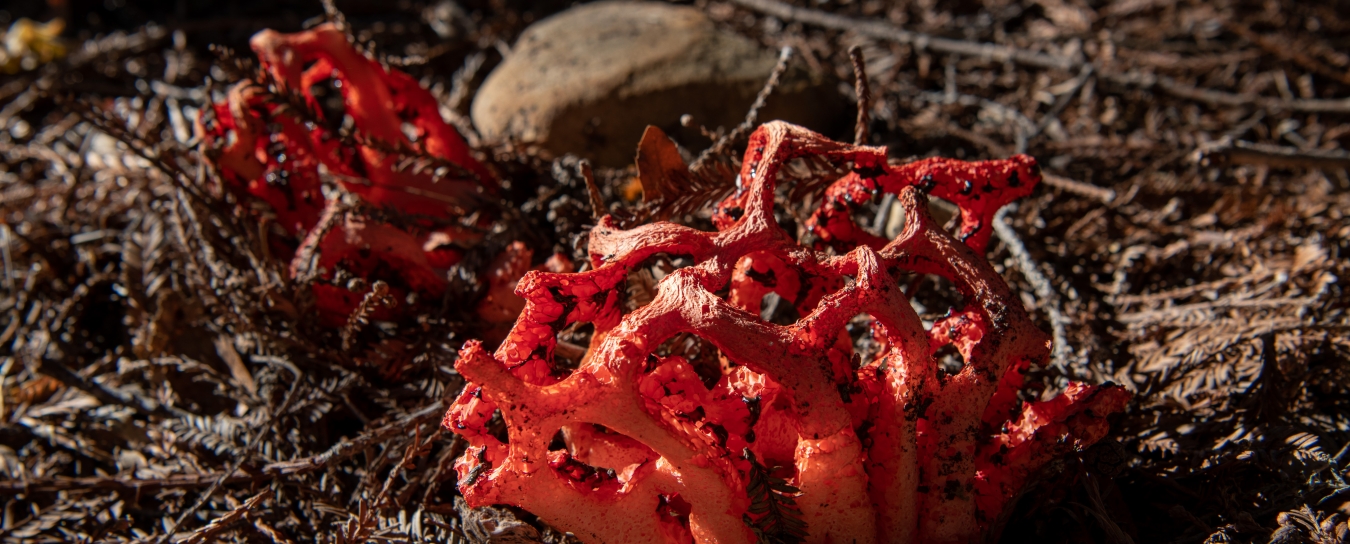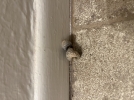
Fungi
Our fungi identifications are courtesy of fungi expert Bob Cummings, who teaches in the Botany Department at Santa Barbara City College in the Biological Sciences. Before you ask, check to see if your fungus has been identified below.
- Anthropology
- Rocks & Fossils
- Invertebrates
- Vertebrates
- Botany
- Astronomy
- Fungi
- General
- Recently Asked
Indoor fungi: should I be worried?
Just found what I think is fungi growing out of the base of my apartment wall and I'm praying it's not cause for a speedy evacuation. But I'm not even sure it's fungi; hoping an expert can weigh in. Thanks!

Curator Response
Hi Caitlyn,
Thanks for sending us your question. Whenever we have a question that requires a fungi expert, we ask Bob Cummings, who teaches in the Botany Department at Santa Barbara City College in the Biological Sciences. Here's his response:
"Yes, those are mushrooms. The fungus is a species of Coprinus (actually that genus has been broken up recently, so it probably goes by a new name now, probably Coprinopsis). Members of this genus are generally known as "inky caps," because the spores are black. They are released at first into the air but then later in a liquid form as the gills are enzymatically digested as a final liquid spore release mechanism.
Unfortunately, these mushrooms indicate that the wall is wet. The mycelium that produced these mushrooms is established and decomposing the cellulosic materials of the wall. Hopefully it is just the wallpaper or the paper covering of the drywall, but more likely the interior wood baseboard is infected, and maybe even the wall studs.
The spores are not toxic, as are the spores of Stachybotrys (the much feared toxic "black mold"), so there is little reason to worry about the spores being a problem (unless your allergies flare up, as would occur with any mold spores and pollen).
At any rate, the area must be taken apart and all the infected wood removed. Then, and most importantly, the source of the moisture must be located and repaired. When the repair work is underway you can also look for the presence of more aggressive dry rot and wet rot fungi, especially if the area has been wet for an extended period of time. Same protocol, no matter what you find, all infected wood must be removed, the source of moisture must be located and repaired. Wood rot fungi should be taken seriously. They are relatively easy (not to say inexpensive!) to remediate, but will cause severe structural problems if not addressed."


